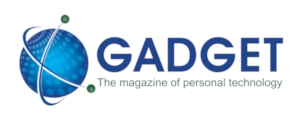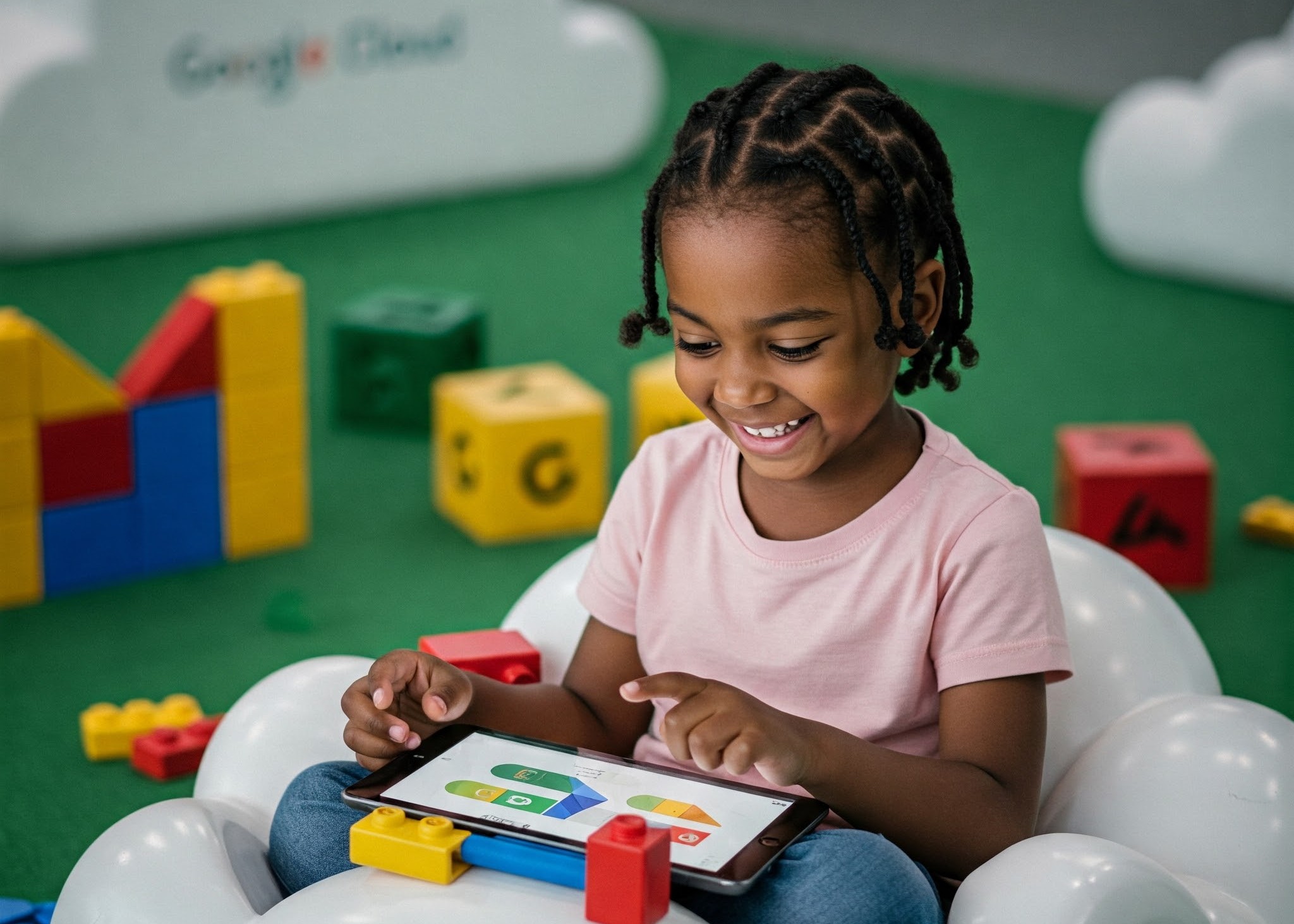Software
Mattel and Google mine data to reimagine toys
The iconic toy company is using AI to reshape how it connects with kids and collectors, writes ARTHUR GOLDSTUCK from the Google Cloud Next conference.
For most parents, a Barbie or Hot Wheels purchase is a small act of nostalgia. But for the brand owner, Mattel, it’s become a data point in an intricate machine of prediction, production and personalisation.
The surprise is not that a toy company is going digital. It’s that it has taken so long to fully embrace the data behind the delight. Every swipe and scroll leaves a trail, so the idea that an industry as data-rich as toys has lagged in artificial intelligence (AI) is a puzzle in itself. Now, Mattel is catching up.
During the Google Cloud Next conference in Las Vegas this week, the toy-making giant announced a collaboration with Google Cloud to modernise its data infrastructure and push deeper into AI. That means decoding fan behaviour, forecasting demand, and reimagining how toys are developed and sold. For Google, it’s another building block in its effort to forge cloud partnerships with iconic global brands.
That may sound like a Silicon Valley story, but the implications could play out everywhere from Soweto to São Paulo. Mattel has a long tail in emerging markets, and better understanding of its customer base could reshape how products are positioned in countries where disposable income is limited and buying decisions are more nuanced.
According to market research firm IMARC Group, the global toy market was valued at US$165-billion in 2023 and is projected to reach $267-billion by 2032. The stakes are enormous.
“In our journey to become a more data-driven company, it’s crucial that we have the right technology partners to support and scale our efforts,” said Sven Gerjets, executive vice president and chief technology officer at Mattel. “By leveraging Google Cloud’s analytics, AI, and machine learning capabilities, we can modernise our data ecosystem and unlock insights that help us better meet the needs of our consumers.”
Translation: Mattel wants to get much better at predicting what toys people want, before they even know they want them.
The shift is part of a broader transformation that’s been underway since the 2018 appointment of CEO Ynon Kreiz, who set out to turn Mattel into an IP-driven powerhouse. That means less plastic for its own sake, and more media franchises, entertainment deals and data-led storytelling. The Barbie movie, which raked in more than $1.4-billion worldwide in 2023, was a proof-of-concept for a different kind of toy company.
Now, the company is turning its gaze inward – towards its own operations – with an eye on modernising how it understands its customers. Gerjets describes the goal as “more proactive and efficient” decision-making across supply chain, product development, and consumer engagement.
It’s here that Google Cloud comes into play, and the choice of partner is telling. Where Amazon Web Services dominates retail infrastructure and Microsoft Azure has strong ties with enterprise software, Google Cloud has carved out a niche in AI tools and data analytics. Its BigQuery data warehouse and Vertex AI platform are key elements in the collaboration.
The idea is to use machine to “reimagine consumer and franchise experiences,” as the companies put it. In practice, that means being able to personalise interactions with fans and collectors, run dynamic marketing campaigns, and feed insights back into the design process.
Kevin Ichhpurani, corporate vice president of global ecosystem and channels at Google Cloud, spelled it out: “Our collaboration will provide Mattel with the foundation to embed generative AI across its business to improve internal processes and customer experiences.”
Generative AI in this context could mean everything from summarising consumer feedback to helping marketing teams create personalised digital content. It also enables rapid prototyping of new ideas – or virtual testing of toy concepts before they go into production.
That is particularly relevant as companies grapple with how to use generative AI responsibly. Both firms point to Google Cloud’s “enterprise-grade data governance and security” as a guardrail against unintended consequences. While that may seem like standard corporate assurance, it will become critical as brands collect and process growing volumes of behavioural data from young audiences.
It goes beyond knowing what a child plays with, and integrates data about how long they engage, what media they consume, and how those preferences evolve. The privacy minefield is real, especially when children are the data subjects. The collaboration will need to navigate both regulatory and reputational risks as it scales up.
Still, the move marks a turning point. For decades, toy companies operated on a mix of trend-watching, licensing deals and gut instinct. That world hasn’t disappeared, but it’s being overlaid with models that can anticipate rather than just react.
Toys are fertile ground for transformation. They sit at the intersection of culture, aspiration and habit. They’re driven by emotion but often purchased with logic – and in the case of collectors, obsession. That makes them a rich canvas for data modelling and behavioural prediction.
As Gerjets put it: “Through our collaboration with Google Cloud, we are better positioned to harness the power of our data and deliver even more engaging experiences for consumers across the globe.”
If that sounds like a throwaway line, consider the alternative: a toy company that doesn’t know what its fans are thinking. That’s a more frightening proposition than anything you’ll find in the Barbie aisle.
* Arthur Goldstuck is CEO of World Wide Worx and editor-in-chief of Gadget.co.za. Follow him on Bluesky on @art2gee.bsky.social.




















